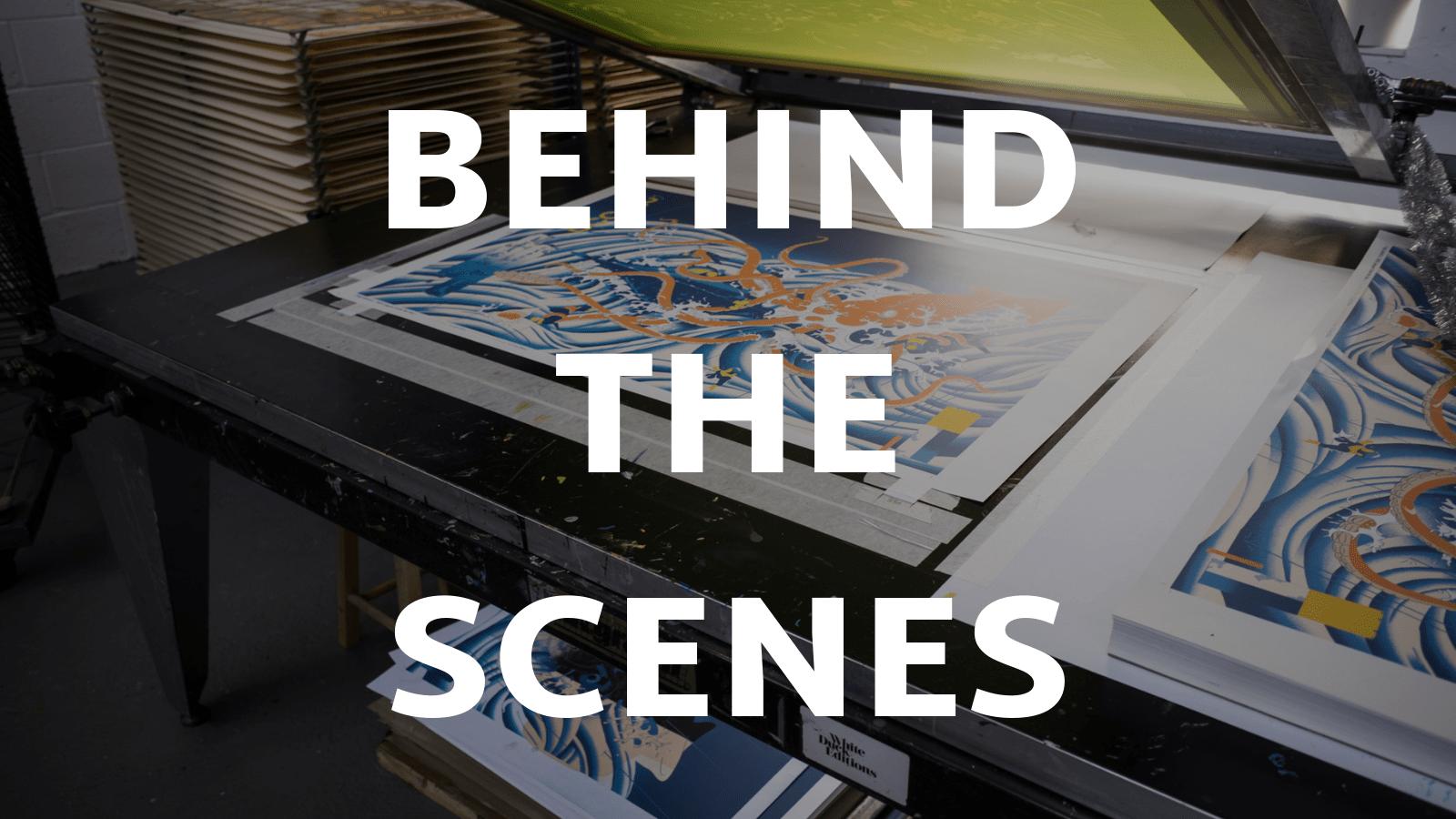Art print preservation
Art prints are very sensitive to damage and knowledge of how to care for them is essential in maximizing the chances of your print being preserved well.
What are the risks?
Although most artwork is printed on archival paper using inks that last years, there is always a natural aging process at work. Here are the main culprits that speed this process up:
Light:
Light is a very common cause of damage to your artwork. Both natural and artificial light is known to fade inks out. Chemical and physical changes are always occurring to the material and light speeds this whole reaction up.
Temperature:
A constant climate is essential to keeping your art maintained. The ideal temperature kept by most museums and galleries is at 20+/- 1 degrees Celsius. Any extreme fluctuations in this baseline temperature can cause your art print to expand and contract. This is a common issue during the cold winter and hot summer periods.
Humidity:
Humidity causes both foxing (spots and browning on paper) and molding.
Dust/Dirt/Debris:
All of these contain acidic components that eat away at the inks and discolor the paper.
Handling:
It is also recommended to wash and then dry your hands thoroughly prior to handling artwork as your fingers will inevitably contain debris, oil and/or acid.
How do I properly store my print?
Keep it flat
Upon receiving your print, we recommend it get out of that tube as soon as possible and keep it flat. The tube should only be used for shipping and transportation but never for storage. Keeping the print rolled for a lengthy period of time can do some serious damage to the paper and the inks.
Cabinet
For storage, nothing beats a metal cabinet as it acts as a chemical-free zone. Ensure prints are also not in direct contact with one another as this can degrade them. In addition, avoid keeping the work from direct light, water pipes, dry areas, smoke, food preparation areas and any other environmental hazard.
Minimise framing exposure
We hate to break this bad news but framing is not good for your artwork if you care about the preservation of the art. If you would like to frame the work, we would advise you to minimize the length of which it is framed for.
Poly-bags
If we needed a quick storage solution for a temporary period of time (a couple of months for example), poly-bags are not a bad option. An airtight environment is, by far, the best one for preservation.
Mylar Sleeves
Mylar is a thick clear film created by DuPont. It will not discolor, damage or stick to the print.



